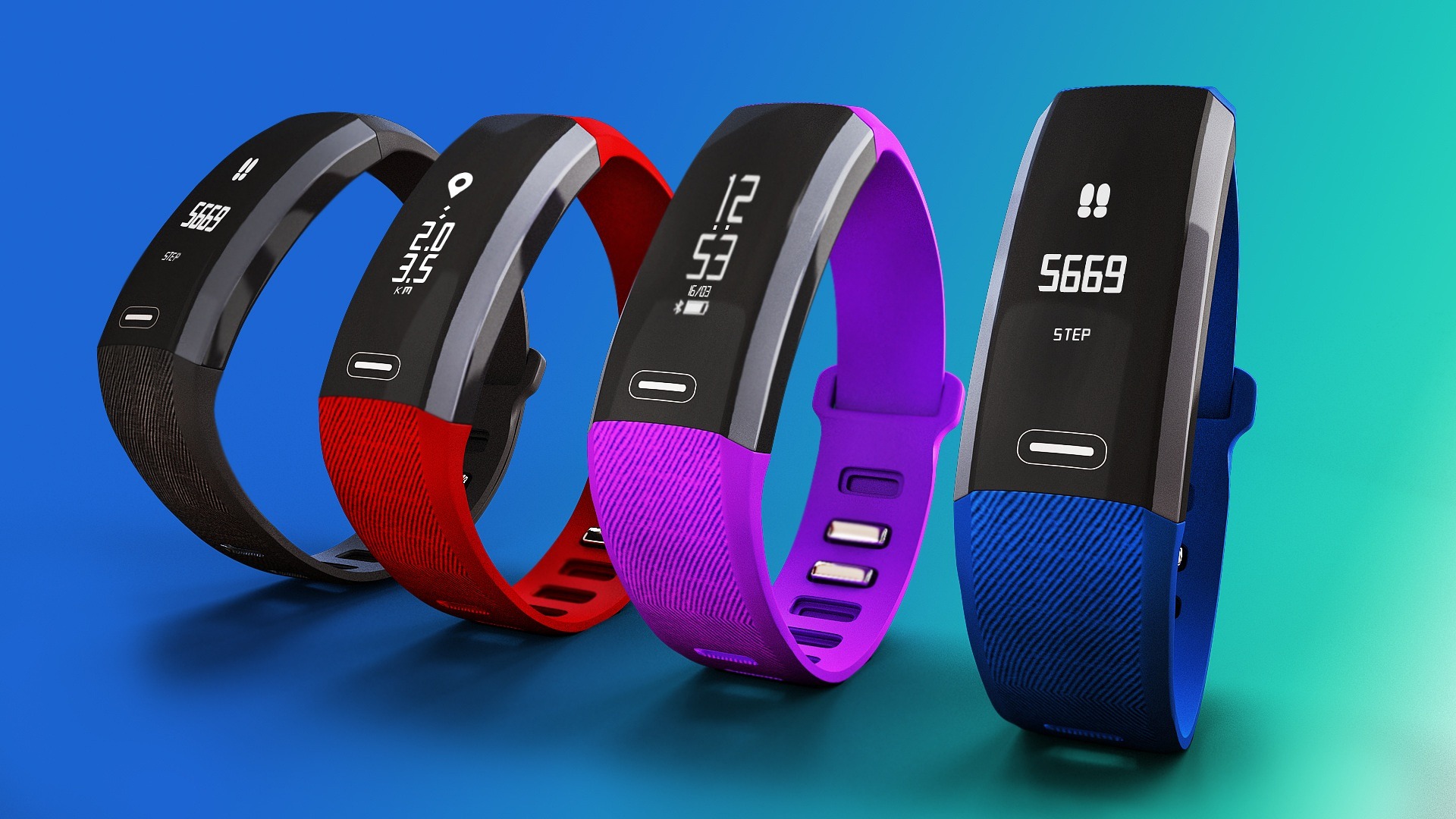"Unraveling the Intricacies of Digital Twin Technology: A New Era in Tech"
Digital twin technology is quickly emerging as a game-changer, bridging the gap between the physical and virtual world. It's a concept wrapped in curiosity and brimming with potential. Let's dive into this intriguing technology, unfolding its roots and exploring its implications on the tech landscape.

The Genesis of Digital Twins
Digital twin technology, a term first coined by NASA, has its roots deeply embedded in the aerospace industry. NASA initially used the concept to develop virtual models of spacecraft for simulation and troubleshooting. The idea was simple yet revolutionary – create a digital replica of a physical entity to monitor, analyze, and optimize its performance. Over time, this technology has evolved, transcending the confines of aerospace and embedding itself into various industries.
The Current Landscape: Digital Twins in Action
Today, digital twin technology has found applications in a myriad of sectors, from manufacturing to healthcare. In manufacturing, companies use digital twins to optimize production processes, predict maintenance needs, and ensure efficient resource management. In healthcare, digital twins are being used to simulate patient conditions, enabling personalized treatment plans and improving patient outcomes.
The Mechanics of Digital Twin Technology
At its core, a digital twin is a virtual mirror of a physical entity. It leverages IoT sensors, cloud computing, and AI to gather real-time data about the physical twin. This data is then used to create a dynamic, digital replica that can be manipulated and tested in various scenarios. By doing so, digital twin technology allows for predictive analysis, risk mitigation, and improved decision-making.
The Market Impact and Pricing
The digital twin market is booming, and it’s only set to grow. According to a report by MarketsandMarkets, the digital twin market is expected to reach $48.2 billion by 2026, up from $3.8 billion in 2019. This exponential growth is fueled by increasing adoption in industries such as automotive, healthcare, and energy. As for the cost, it varies widely based on the scale and complexity of the project. While it can be an expensive endeavor for small businesses, the benefits often outweigh the costs in the long run.
The Future: A Glimpse into What Lies Ahead
The future of digital twin technology is incredibly promising. As 5G technology becomes more prevalent, the potential for real-time data analysis and remote operation will skyrocket. Furthermore, advancements in AI and machine learning will only enrich the functionality of digital twins, making them more accurate and efficient. From smart cities to personalized healthcare, the applications are vast and the possibilities, endless.
Digital twin technology is an emblem of technological advancement, a testament to how far we’ve come in bridging the physical and digital divide. It’s not just a buzzword; it’s a transformative tool that’s reshaping industries and redefining the future of tech. While it may seem complex, it’s a technology that’s worth getting to know – because it’s here to stay.




